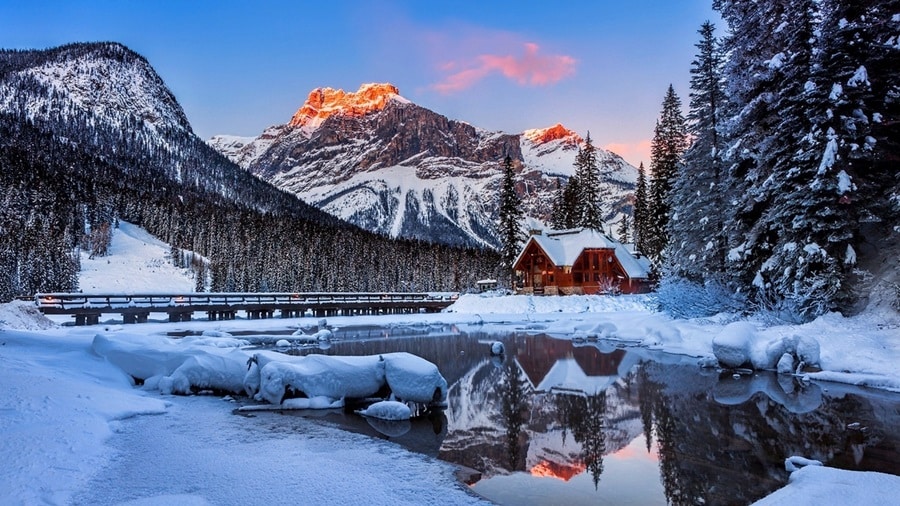Winter brings a host of challenges for local wildlife. As temperatures drop and food sources become scarce, many animals struggle to survive. This article delves into how one can create a winter sanctuary in one’s backyard or community space to aid these creatures. These sanctuaries can be a lifeline for wildlife during the harsh winter months by providing shelter, food, and water. Not only does this endeavor support biodiversity, but it also offers a unique opportunity to connect with nature and educate others about the importance of conservation.
Contents
Understanding the Needs of Winter Wildlife

Winter is critical for wildlife, as they face harsh weather and diminished food supplies. Birds, small mammals, and even insects must adapt to survive. This survival is not just about braving the cold but also finding sufficient food and shelter to outlast the winter months. A well-planned sanctuary can provide these necessities, offering a haven for wildlife when they need it most.
It’s essential to recognize the varying needs of different species. While some animals hibernate, others remain active and require ongoing sustenance. Birds, for instance, benefit greatly from feeders filled with seeds and suet. Insect hotels can shelter beneficial bugs, and small mammals like hedgehogs may seek refuge in piles of leaves or logs. Understanding these diverse requirements is key to creating a sanctuary that supports a range of wildlife.
Choosing the Right Location
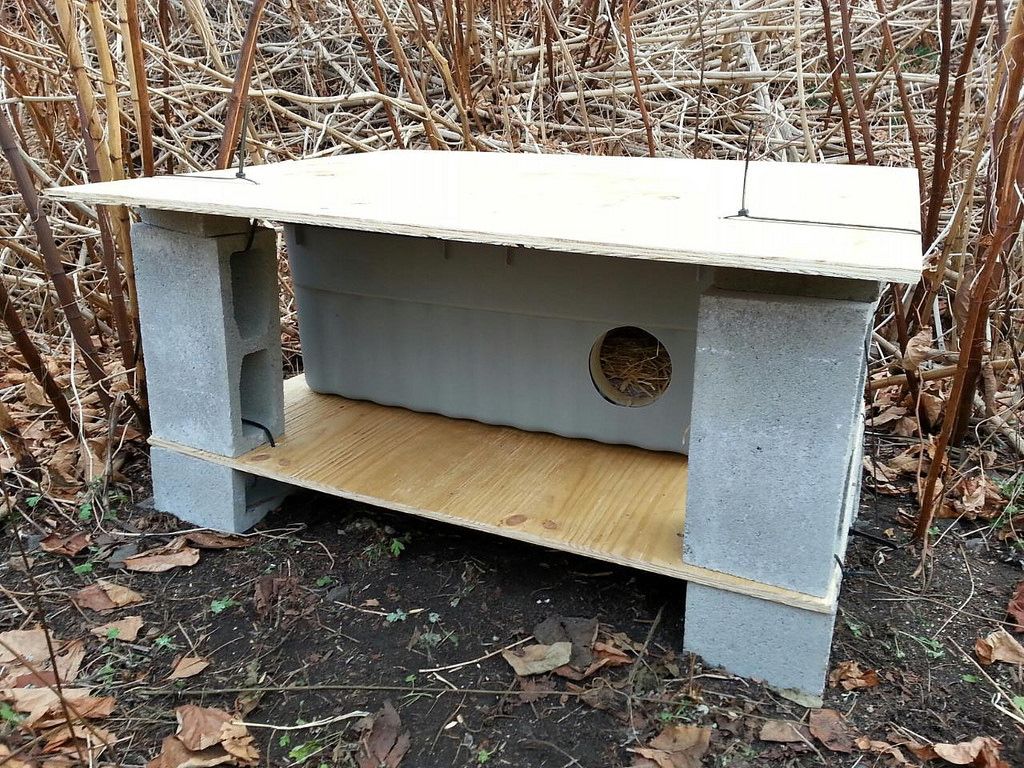
The location of a winter sanctuary is paramount to its success. An ideal spot is quiet, safe from predators, and away from heavy human activity. It should offer natural protection from the elements, such as a hedge or thicket. However, the location should also be accessible for maintenance, such as refilling bird feeders or checking water sources.
When selecting a site, consider the existing landscape. Areas near native bushes, trees, and water sources are particularly beneficial. These natural elements provide immediate shelter and attract a variety of wildlife. It’s also important to consider the potential impact on neighbors and ensure that the sanctuary enhances the local environment for all.
Designing the Sanctuary
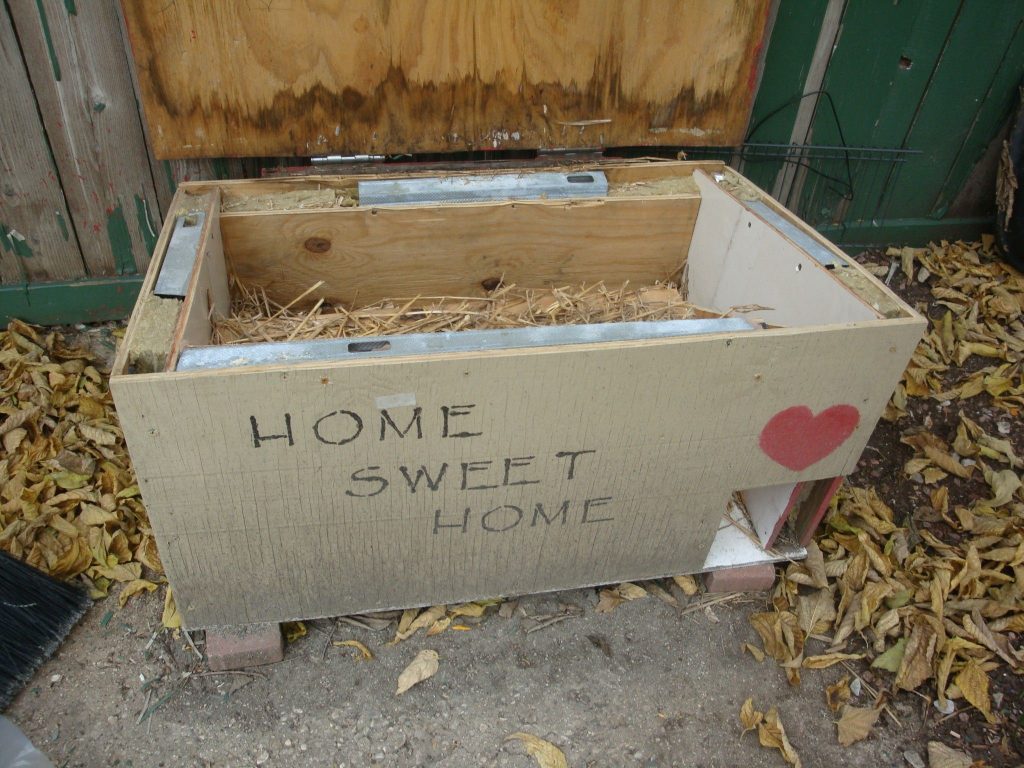
Designing a winter sanctuary involves more than just scattering food or setting up a birdhouse. It requires thoughtful planning to create a space that caters to the diverse needs of wildlife. The sanctuary should include areas for shelter, feeding, and drinking. Dense shrubbery, tall grasses, and even man-made structures like birdhouses and bug hotels can provide crucial refuge from the cold and predators.
The design should also be sustainable and eco-friendly. Using natural, local materials reduces the environmental footprint and blends the sanctuary seamlessly with its surroundings. The layout should mimic natural habitats as closely as possible, creating an environment where wildlife feels secure and has easy access to food and water. This design approach ensures that the sanctuary is a temporary refuge and a sustainable part of the local ecosystem.
Providing Food and Water Sources
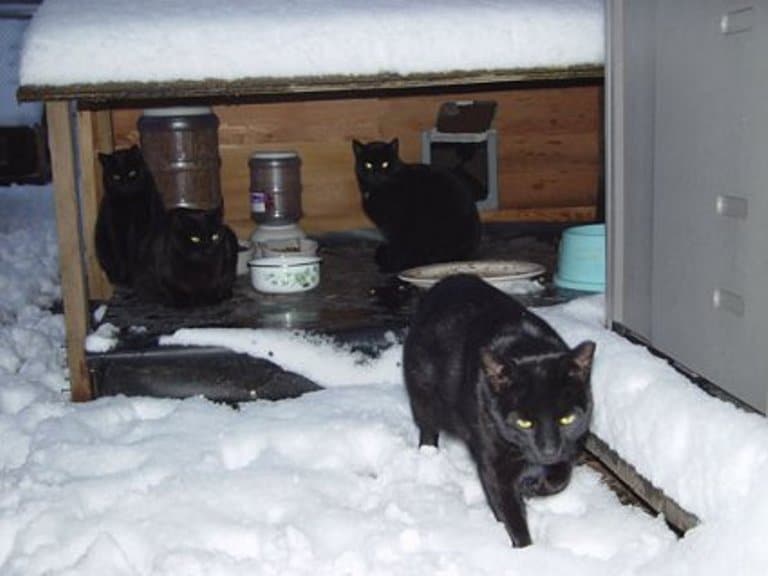
One of the most direct ways to support wildlife in winter is by providing food and water. Different species have different dietary needs, so offering a variety of food sources is crucial. For birds, feeders with seeds and suet are beneficial; for mammals like squirrels, nuts and fruits can be a valuable food source. It’s important to research and understand what is safe and nutritious for the wildlife in the area.
Water is just as crucial as food, especially when natural sources may be frozen. Providing a water source that doesn’t freeze in winter can be life-saving for many animals. This could be a shallow dish or a bird bath with a heater. Regular cleaning and refilling of these water sources are essential to prevent the spread of diseases among the wildlife that visit.
Minimizing Human Disturbance
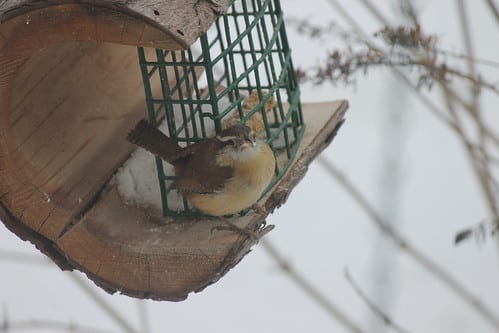
Creating a sanctuary for wildlife also involves minimizing human disturbance. This means setting up the sanctuary in a way that allows animals to visit without feeling threatened. It’s crucial to keep a distance and observe quietly. Encouraging others to respect the sanctuary’s purpose and not disturb the wildlife is also key. This can be achieved through signs or gentle reminders.
Educating visitors and the surrounding community about the sanctuary’s importance can help reduce disturbances. Explaining why it’s important to maintain a quiet environment and not to try to interact with or feed the animals can foster a respectful and supportive atmosphere. This educational aspect can significantly enhance the sanctuary’s effectiveness and ensure its long-term success.
Ensuring Safety for Wildlife

Safety is a paramount concern in any wildlife sanctuary. This involves taking measures to protect the animals from potential predators, such as cats or larger wildlife. Simple strategies, such as placing bird feeders high off the ground and away from places where predators can hide, can make a significant difference. Additionally, it’s important to check the sanctuary regularly for any hazards that could harm the wildlife, such as litter or spilled chemicals.
Another safety aspect is ensuring that human activities do not inadvertently harm the animals. This includes using wildlife-friendly gardening practices, avoiding pesticides and chemicals, and ensuring that all structures in the sanctuary are safe and stable. The sanctuary should be a haven, not just from the elements, but from all potential threats, including those that might come inadvertently from human interactions. Regular monitoring and maintenance of the sanctuary can help identify and mitigate any risks, ensuring a safe environment for the wildlife.
Engaging the Community

Community engagement is vital for the success and sustainability of a winter wildlife sanctuary. Involving residents, schools, and community groups can bring additional resources and support. It also raises awareness about the importance of supporting local wildlife. Community involvement can take many forms, from volunteer days for maintenance to educational programs about local ecosystems.
Organizing events like birdwatching sessions or workshops on building birdhouses and insect hotels can foster a sense of community and shared responsibility. It’s also an opportunity to educate people about the importance of biodiversity and conservation efforts. Engaged and informed communities are more likely to support and protect these sanctuaries, ensuring their longevity and effectiveness.
The Bottom Line
Creating a winter sanctuary for local wildlife is more than just a kind-hearted gesture; it’s a critical step towards preserving biodiversity and enhancing our local ecosystems. As temperatures drop and food becomes scarce, these sanctuaries provide much-needed support to various species, ensuring their survival through winter. Beyond the immediate benefits to wildlife, these sanctuaries offer an opportunity for communities to connect with nature and learn about the importance of conservation. Creating and maintaining a winter sanctuary represents a small but significant step in the larger effort to protect and nurture our natural world. By taking this step, we aid local wildlife and enrich our lives through a deeper connection with the environment that surrounds us.


